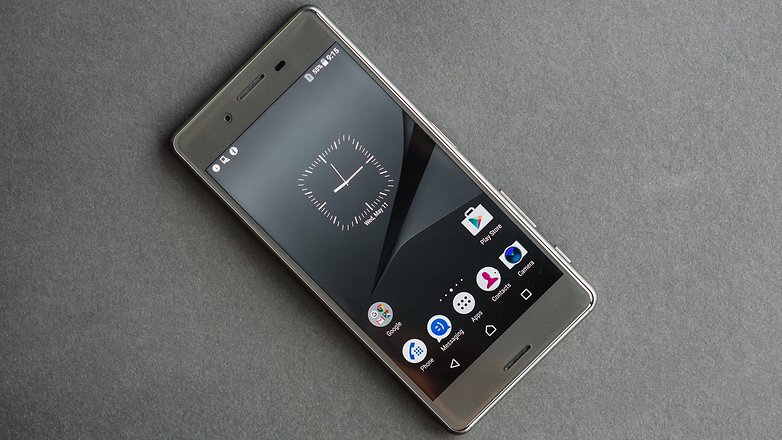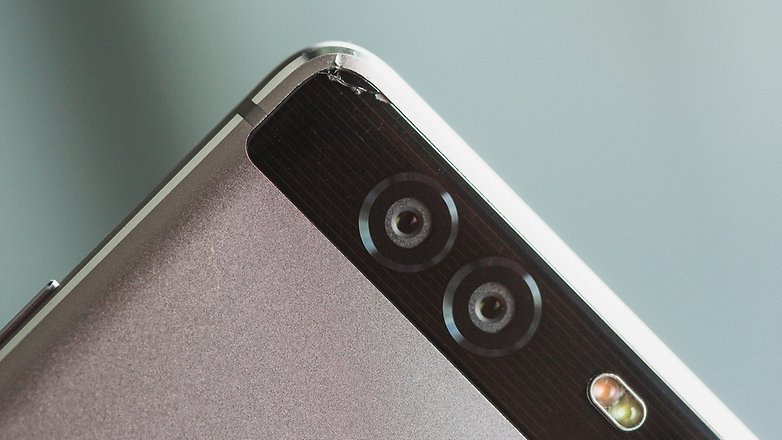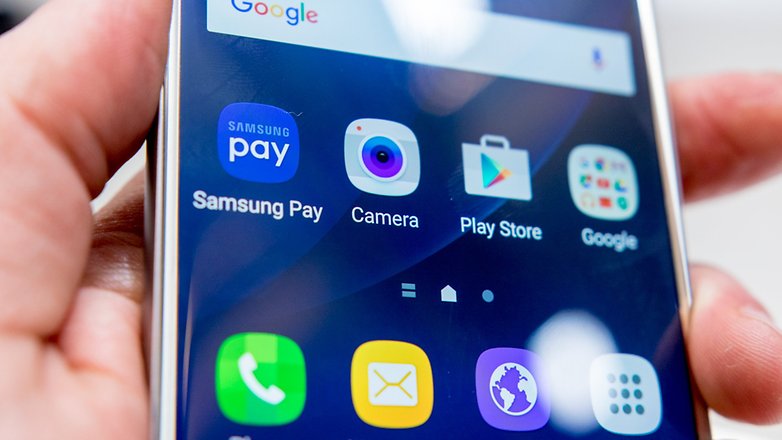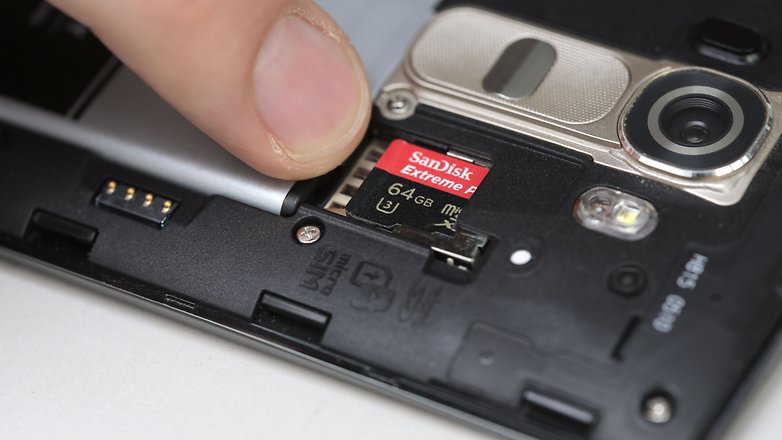This year we've seen modular components become a larger focus of the premium tier, despite lacking impressive modules. And Samsung continues to pursue curved-edge smartphones, despite that most of the functionality would work just as well on phones with flat displays. Meanwhile, the OnePlus 3 doesn't even make use of its 6 GB of RAM (though as of today that might be changing).
A phone doesn't need a built-in particle accelerator. It doesn't need to turn into a jet pack. You don't need to weigh items on them. The difference between premium phones and mid-range devices is increasingly coming down to price and gimmicks alone.
 The Xperia X Performance is just one of the Android smartphones that isn't worth the money in 2016. / © AndroidPIT
The Xperia X Performance is just one of the Android smartphones that isn't worth the money in 2016. / © AndroidPIT Though you won't often read about it, a device with a "mid-range'" processor, a decent GPU and 2 GB or 3 GB of RAM will take care of day-to-day tasks in the same way as very expensive phones.
The OnePlus 3 only makes use of 4 GB of its 6 GB of RAM
If, like me, your daily smartphone use involves sending messages, watching short videos, emailing and playing casual games, you can get by on phones that cost less than $200. Activities that 95 percent of the population are engaged in 95 percent of the time work just the same whether you spend an extra 500 bucks or not.
You do not need to win a Pulitzer prize for best photoIf you're really serious about photography, you aren't taking pictures with a smartphone. While it's great to have a high-performing smartphone camera, often the difference between the best and almost best is in the margins. The overwhelming majority of users simply want photos of holidays, landscapes, time spent with family and friends, or to record an exciting live incident: situations when professional quality isn't important.
Personally, smartphone cameras are one of the most important factors when I buy a new phone: it's one of the few features where I actually feel a difference compared to a past device: RAM, GPU, CPU and battery capacity usually go unnoticed.
Smartphone activities that 95 percent of the population are engaged in 95 percent of the time are the same whether you spend an extra 500 bucks or not
But what I don't need is a telescope for my phone. A 12 MP camera with good software integration and optical image stabilization will do just fine. More megapixels could make photos look better blown up on a huge area, but most times I only look at photos on a smartphone or monitor anyway. In these circumstances, the thousands of extra pixels generally go to waste.
 You don't need to sell a kidney to get a smartphone with a good camera. / © AndroidPIT You don't need an iMax movie screen
You don't need to sell a kidney to get a smartphone with a good camera. / © AndroidPIT You don't need an iMax movie screen When a phone says it has QHD resolution (2,560 x 1,440 pixels), how often would you think this can be taken advantage of? PhoneArena conducted some excellent research on this that suggest that pixelation (being able to identify individual pixels) occurs at 7.8 inches from your eyes on a 5-inch 1080p phone and at 6.44 inches on a 5.5-inch QHD device, assuming the person has 20/20 vision.
What this means is that, unless the phone is really, really close to your face, you can't even notice the more densely populated display. 7.8-inches away from your eyes is already closer than you will look at a phone most of the time.
QHD media isn't yet found in many places: it's not on Netflix, and only a few YouTube creators are making use of it. You certainly won't find it on any TV streaming or news websites. Thus a Full HD panel, with well-calibrated colors and a strong brightness level, is basically all you need.
 A Full HD display is already arguably more than you need on a phone. / © AndroidPIT You don't need 128 GB of storage
A Full HD display is already arguably more than you need on a phone. / © AndroidPIT You don't need 128 GB of storage This topic is a little more tricky to discuss. More storage costs more money, and more storage is better, right? Having said that, you have to pay a premium to get 64 or 128 GB of internal storage capacity, as phones typically come with between 16 and 32 GB.
One way around this is to make us of microSD cards and cloud storage. As any Android fan will point out, cloud and external storage does not act the same as internal storage space. However, because microSD can house all your media and specific app data, the internal storage space is mostly going to be necessary for apps: and making use of 64 or 128 GB of apps is madness.
A 32 GB MicroSD card is ostensibly cheaper than buying the more expensive smartphone variant, and most users aren't going to notice a difference compared to accessing data held on a microSD. What's more, services like Google Photos offer unlimited storage of images at a certain size.
 MicroSD cards are cheap and solve the problem of space. / © AndroidPIT Final thoughts
MicroSD cards are cheap and solve the problem of space. / © AndroidPIT Final thoughts Let me make this clear: I have nothing inherently against paying a lot of money for smartphones. In fact, if you were to choose between a regular cellular phone, or a (more expensive) smartphone, I would implore you pay more money to get a smartphone. The reason is that the gap between those two is very tangible: smartphones have offered a completely different experienced to what phones before them could do.
But the difference between budget and premium smartphones is becoming ever-smaller. And in 2016, I don't see much between them at all.
Premium smartphones don't offer a significantly better experience than mid-range smartphonesWhat do you think?
Do you think it's necessary to buy premium smartphones? If yes, what do you think is the main advantage? I look forward to reading your thoughts in the comments.
Source: Why you don't need a flagship smartphone
No comments:
Post a Comment